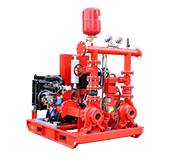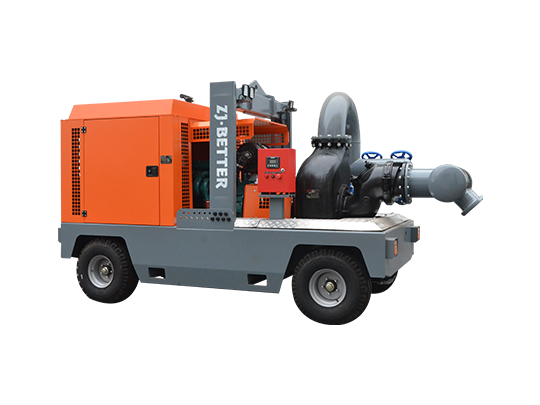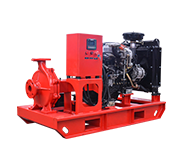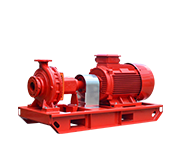Impeller: The impeller is a rotating component that is typically mounted on a shaft. It is the primary element responsible for generating the centrifugal force that moves the fluid. Impellers have curved blades or vanes that accelerate the fluid radially outward when the impeller rotates.
Casing or Housing: The casing or housing surrounds the impeller and serves to direct the flow of fluid through the pump. It is designed to minimize turbulence and efficiently guide the fluid from the inlet to the outlet. The shape and design of the casing can vary, with common types being volute and diffuser casings.
Inlet (Suction) and Outlet (Discharge): Centrifugal pumps have designated inlet and outlet ports through which fluid enters and exits the pump. The inlet is also known as the suction side, and it is where the fluid is drawn into the pump. The outlet, or discharge side, is where the pressurized fluid exits the pump.
Shaft: The impeller is mounted on a shaft, which is connected to a driver (usually an electric motor or an engine). The shaft transmits the rotational motion from the driver to the impeller, causing it to spin.
Bearings: Bearings are used to support the shaft and reduce friction. Proper bearing lubrication and maintenance are essential to ensure smooth operation and extend the life of the pump.
Seals: Seals are used to prevent leakage of fluid from the pump. There are various types of seals, including mechanical seals and gland packing, which are used to seal the clearance between the shaft and the casing.
Wear Rings: Wear rings are stationary components located on either side of the impeller. They help reduce the clearance between the impeller and the casing, minimizing fluid recirculation and improving pump efficiency.
Coupling: In some cases, a coupling is used to connect the pump's shaft to the driver's shaft. This allows for the transfer of rotational motion from the driver to the pump.
Baseplate: The baseplate is the foundation upon which the pump and its driver are mounted. It provides stability and support for the pump assembly.
Priming System (optional): Some centrifugal pumps may have a priming system to remove air or gases from the pump casing, ensuring that the pump is filled with the liquid to be pumped before starting.







